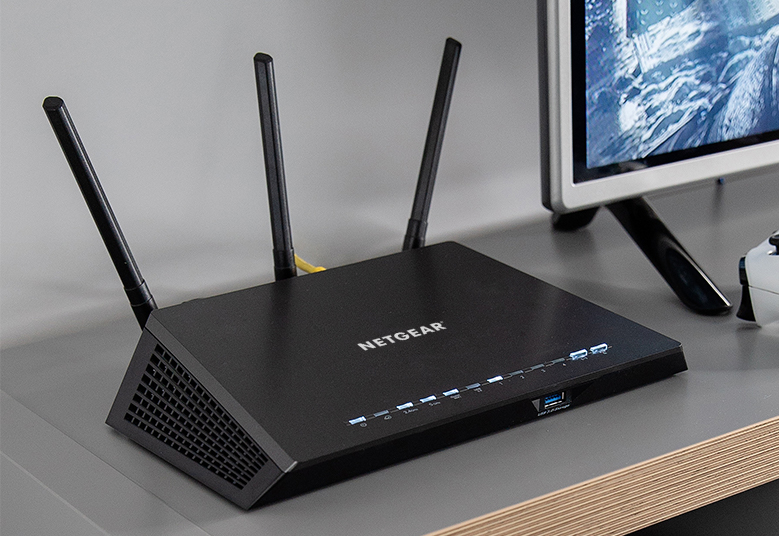The rapid growth and advancement of technology only mean that most homes today are filled with a variety of devices and gadgets that are useless without an internet connection.
Whether it’s your smartphone, smart TV, computer, or lights, we have come to rely on the internet far too much. All these divisions require a stable and reliable internet connection, like the one offered in Mediacom internet 1 gig, to run efficiently.
The majority of people have little to no idea about the security risks these devices pose unless they are protected through a secure home Wi-Fi network. Would you ever leave your front door open for potential burglars to just walk in? Well, of course not!
You should have the same safety concerns when it comes to your Wi-Fi network. Hackers are always eagerly looking for opportunities to launch an attack on your device. If hackers do get a hold of your Wi-Fi network, it can be disastrous.
That is why we are here to share tips on how you can protect your home Wi-Fi network.
Change the Default Username and Password
First and foremost, you need to change the default username and password set on your Wi-Fi network to something unique and more secure.
Your ISP would have automatically assigned a default username and password to the network and believe us, hackers have no difficulty in finding all kinds of default usernames and passwords online. If they, unfortunately, gain entry to your Wi-Fi network, they can change the password according to themselves, lock you out, and simply hijack the entire Wi-Fi network. And this is extremely worrisome.
Changing the default username and password to something else makes it all the more difficult and challenging for hackers to gain access to your home network. Hackers make use of specific tools to test out thousands of possible usernames and passwords to enter into your Wi-Fi system.
Therefore, you must choose a strong password that has numbers, letters, and symbols to make it unique and nearly impossible to crack.
Enable Wireless Network Encryption
Another effective way to protect your network data is to encrypt it. Encryption scrambles the content of your message or data so that hackers find it extremely challenging to decipher what it means.
WPA2 is by far the most secure kind of encryption you should use for your home Wi-Fi network. If your home-use devices are genuinely really old, they might not be compatible with WPA2. Thus, you should upgrade all your home devices for improved performance and security
To determine if your Wi-Fi router utilizes WPA2 encryption, go to the network settings of your Wi-Fi and check its wireless properties. This will allow you to choose the most viable encryption method you connect to a wireless network.
Hide Your Network
While setting up your home Wi-Fi network, you will need to create a publicly visible network name, also known as Service Set Identifier (SSID).
Most, if not all modern devices are generally configured with a default username that’s set by the manufacturer. There is a high chance that if your neighbor also has a device from the very same manufacturer, it will also be allocated with the same SSID.
This poses a great security risk if not of the networks are encrypted. There is a feature called SSID hiding, which allows you to hide your network’s name from people in your neighborhood. Changing the default name makes it extremely challenging for hackers to know the kind of router you’re using, therefore, eliminating the risks of an attack.
Keep Your Router’s Software Up-to-Date
It is essential that your Wi-Fi router’s software is always up-to-date to ensure that your network is secure.
Just like all other software out there, the router’s software is also vulnerable to hackers. Most routers rarely have an auto-update option, so make sure that you manually update the software regularly if that’s the case.
Disable Your Wi-Fi Network When No One’s Home
This may sound like a no-brainer, but most of us never turn off our home Wi-Fi network when we are not around. This is also the easiest way to avoid having your network hacked, just turn it off. It’s that simple.
There is no need for your home network to be running 24/7. Turning it off also reduced the chances of it over-exhausting itself, alongside keeping it safe from hackers.
Consider Using a VPN
A VPN (Virtual Private Network) allows you to use the internet over an encrypted, unsecured network, but in a private mode. It encrypts the data so that it’s nearly impossible for hackers to tell where you’re based and what you’re doing on the internet.
A VPN further alters your IP address by making it seem as if you’re using your computer or device from a different location instead of your actual location.
Use Firewalls
Most Wi-Fi routers tend to already have a built-in firewall that protects the broadband connection and also ensures your network remains secure against any intruders.
It also has a disable option so make sure that your router’s firewall is enabled so that your network and data are always protected.
On a Final Note
Network protection has become essential in today’s time. Most of our documents and pictures are all cloud-based today, which means that if someone gets access to your home Wi-Fi network, there is a high chance that you will never get your data back.
We have shared some top tips on how to protect your network. You must read and understand each one of them as they will ensure that your data and network are safeguarded. We hope you consider them!
Read more click here


